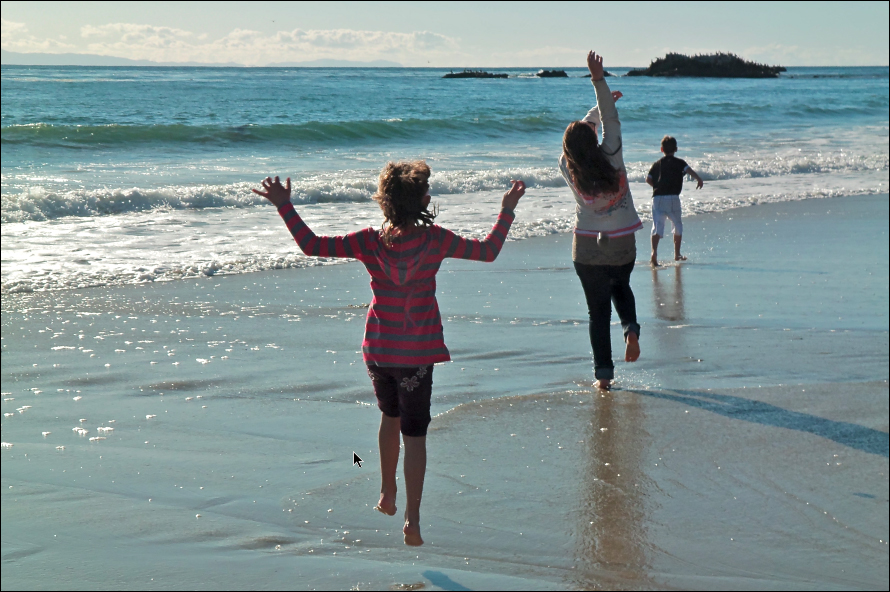Tonight, I’m going to a parenting class at the request of the facilitator because, as he sees it, I will be able to add some interesting discussion about the topic of parenting. I reluctantly agreed to go, to at least try out the first day of this series.
I am hesitant because, as I told him, I don’t want to get stuck in some AP-bashing session. But I finally agreed, after he spent much time trying to persuade me, because I believe that I may be able to help some parents look at my “different” approach to parenting with new eyes.
See, most parents around my hometown know my children as very well-behaved kids. But they don’t really know my parenting style, because being a stay-at-home parent, most of my parenting style is done privately, in my home. The folks around here only see me and the kids out for brief periods of time, such as at church, the grocery store, the bank or the doctor’s office.
They don’t know that Attachment Parenting (AP) really isn’t for the light of heart. I say this because AP can’t be done half-heartedly and that it really is an intensive, holistic approach to parenting compared to some parenting styles.
I know that tonight’s parenting class is going to center on discipline, for the most part, and the facilitator is very interested in my sharing about positive discipline and how it can be done without spanking or punitive timeouts.
But what he doesn’t know is that AP is about much more than positive discipline, that when I talk to parents about discipline I don’t stop at redirection and teaching. I’m very forthcoming that my parenting approach – and therefore positive discipline – encompasses all areas of parenting.
We know AP as Attachment Parenting International’s Eight Principles of Parenting. To a newcomer to AP, the fact that there are eight parts to this parenting approach can simply be overwhelming.
People start researching parenting styles and approaches, going to classes and reading books, often because they’re looking for something different from what they’re doing. Something isn’t working, and they’re looking to tweak.
Those who finally embrace AP have come to the realization that there is no quick fix – that parenting is very much a multi-faceted program, that as parents you have to be involved in every aspect of that child’s life – from discipline to nurturing touch, from feeding with respect to consistent care, from responding with sensitivity to family balance, and so on.
Some parents don’t want to hear this. They don’t want to know that to change their child’s behavior, they have to do all this other stuff that they see has nothing to do with discipline.
If parenting was easy, we wouldn’t need books and experts and classes. There wouldn’t be all this confusion in our culture as to what the best parenting approach is. What makes parenting hard, in actuality, is the conflict it creates in parents trying to find balance in their lives.
Both our needs for balance and our children’s needs to be nurtured need to be met, but not at the expense of one another. Our children need a lot of attention. Discipline isn’t the answer to well-behaved kids; attention is.





